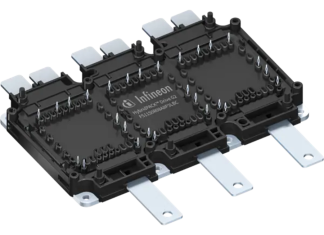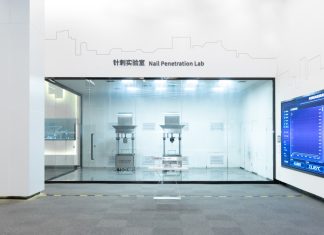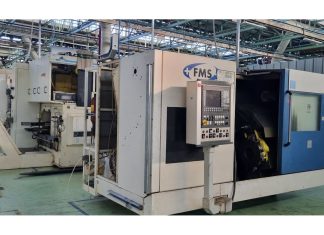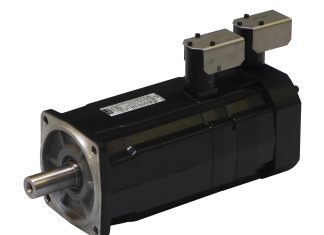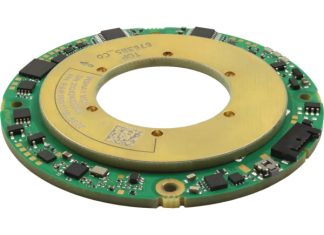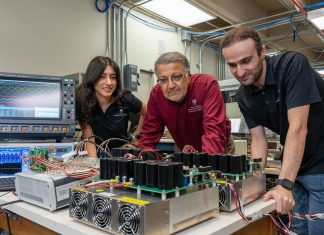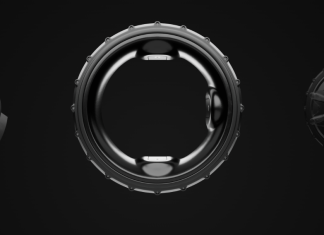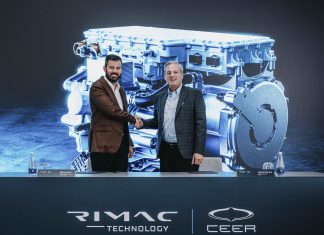Compact power modules for electric vehicle traction
The HybridPACK™ Drive G2 Modules from Infineon Technologies are compact, high-performance power modules designed for traction applications in hybrid and electric vehicles. These modules provide scalable performance, offering both silicon (Si) and...
BYD’s Super e-Platform: charging in 5 minutes
BYD launches new Super e-Platform, an advanced architecture of ultra-fast charging, allowing the vehicles to gain 2 km of range per second and 400 km in 5 minutes.
The...
Stellantis, €38 million for electric vehicle components
Stellantis has initiated work at its Verrone plant in the province of Biella, preparing 56 machine tools for the production of electric vehicle components for electric drive modules (EDM). These modules are...
Servo motor series for explosive environments
Parker expands certification and enhances durability of EY and EX servo motor series for explosive environments.
Servo motor series for explosive environments
Parker Hannifin continues...
Rotary encoders now at Mouser Electronics for automation and motor drives
Mouser Electronics, Inc. has expanded its portfolio with the availability of the Vishay RAIK060 absolute inductive rotary encoders. Intended for applications in automation, motor drives, and robotics, these encoders are designed with...
From the USA electric motor without rare earths
A U.S. research team at Texas A&M University has developed an electric motor that completely avoids the use of rare earths, a crucial but controversial category of...
Omron introduces new compact DC relays
Omron Electronic Components Europe recently expanded its wide range of high-performance DC relays with the introduction of two new variants: the G9EK-1-UTU and G9EK-1-E.
These devices offer gas-free...
Here is the donut-shaped electric motor
Donut Lab introduced a groundbreaking donut-shaped electric motor designed to be integrated directly into vehicle wheels. This innovative solution is more compact and lighter than its predecessors, offering exceptional torque and power...
Electronic components, TTI expands partnership with Sensata Technologies
TTI IP&E - Europe, distributor of electronic components, announced the expansion of its franchise agreement with Sensata Technologies. Through this partnership, TTI is adding Sensata & Gigavac products to its catalog, including...
Ceer and Rimac partnership for high-performance electric drive systems
Let's first frame the key players in the collaboration, that has as object Rimac's supply of high-performance, fully integrated electric drive systems (EDS) for Ceer's upcoming range of flagship electric vehicles.

